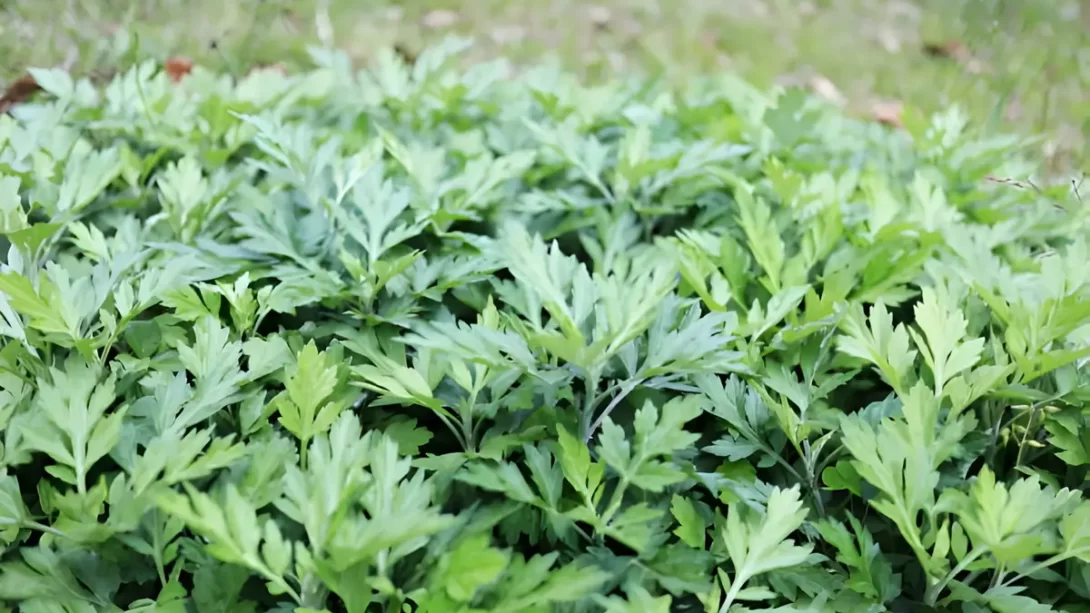Mugwort, a herbaceous plant known for its aromatic qualities and medicinal uses, is a topic of interest for many botanists and herbalists. In Michigan, the presence and growth of mugwort are subjects often inquired about by those interested in local flora or in the cultivation of medicinal plants. This article explores whether mugwort is found in Michigan and the nature of its growth in this region.
Overview of Mugwort
Mugwort, scientifically known as Artemisia vulgaris, is a perennial plant belonging to the daisy family. It is characterized by its dark green leaves with silvery undersides and can grow up to six feet tall. Traditionally, mugwort has been used for various medicinal purposes, including aiding digestion and promoting menstrual health. The plant is native to Europe, Asia, and parts of Africa, but it has been widely naturalized in many other parts of the world, including North America.
Mugwort in Michigan: Presence and Habitat
Mugwort is indeed present in Michigan and has been observed growing in various parts of the state. It thrives in a range of habitats but is most commonly found in disturbed areas such as roadsides, waste places, and along railroads. Its ability to grow in a variety of soil types and environmental conditions has contributed to its widespread presence in Michigan. Mugwort’s adaptability allows it to flourish even in poor soil and shaded areas, making it a versatile plant in the state’s diverse landscape.
Growth Patterns of Mugwort in Michigan
Mugwort in Michigan exhibits a robust growth pattern, largely due to the state’s conducive climate and soil conditions. Michigan’s temperate climate, with its distinct seasons, provides an ideal environment for mugwort’s growth and proliferation. The plant typically emerges in the early spring and can quickly dominate an area if not controlled. It spreads both through its root system and by dispersing seeds, which can travel long distances.
Mugwort’s hardiness makes it resilient to various environmental stressors, allowing it to thrive in both rural and urban areas of Michigan. Its rapid growth and spreading capability classify it as an aggressive plant, often outcompeting native species for resources.
Identifying Mugwort in Michigan
Identification is key to understanding and managing mugwort. In Michigan, mugwort can be identified by its deeply lobed leaves, which are green on the top and silvery-white underneath. The plant also produces small, reddish-brown or yellow flowers in the summer. Its stems are often purplish-red and can be quite tall, reaching several feet in height.
The best time to spot mugwort is from late spring through early fall. It’s commonly found in disturbed soils, along pathways, and in open fields. Being familiar with these characteristics will help in correctly identifying mugwort in Michigan’s landscapes.
Controlling Mugwort Growth
Given its invasive nature, controlling the spread of mugwort in Michigan is important for maintaining ecological balance. Manual removal, including pulling or digging out the plant, can be effective for small infestations. It’s essential to remove the entire root system, as mugwort can regenerate from root fragments. For larger areas, repeated mowing or cutting can weaken the plants over time. Chemical control using herbicides can be employed, but it should be done cautiously and responsibly, following environmental guidelines to avoid harming native flora and fauna.
Uses and Benefits of Mugwort
Despite its invasive characteristics, mugwort has several beneficial uses. Traditionally, it has been used in herbal medicine for various purposes, such as relieving digestive issues, promoting menstrual health, and as a remedy for insomnia. In some cultures, mugwort is used in culinary preparations for its aromatic flavor. In Michigan, those interested in herbalism or natural remedies may cultivate mugwort in controlled environments, such as gardens, where its growth can be monitored.
Conclusion
Mugwort is indeed present in Michigan, thriving in various environments across the state. While its hardiness and aggressive growth can pose challenges, especially in terms of its invasive potential, mugwort also offers several medicinal and culinary benefits. Effective identification and management are key to preventing its uncontrolled spread and preserving Michigan’s native ecosystems. Understanding the dual nature of plants like mugwort is essential in the broader context of ecological and environmental stewardship.



